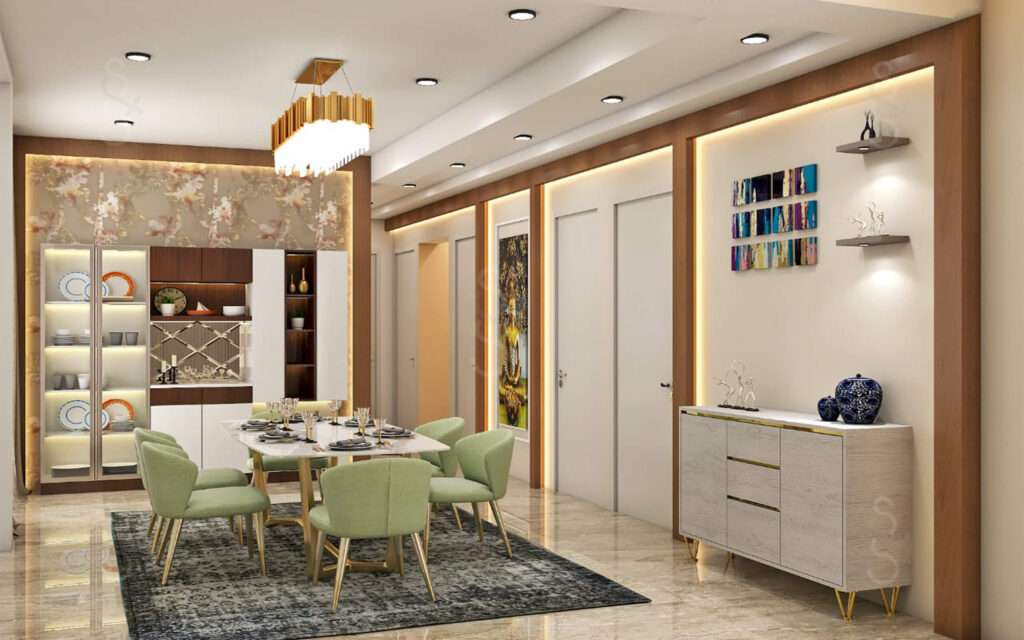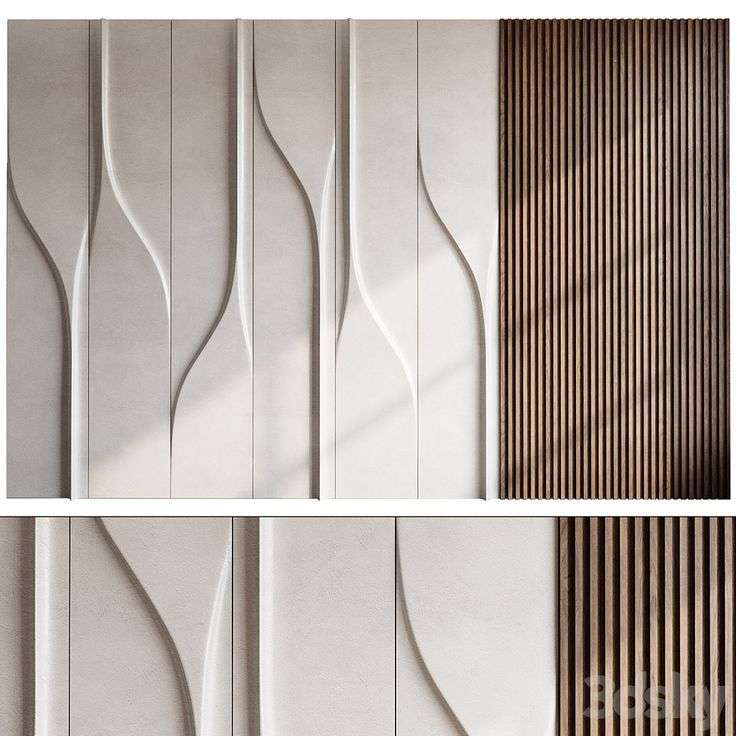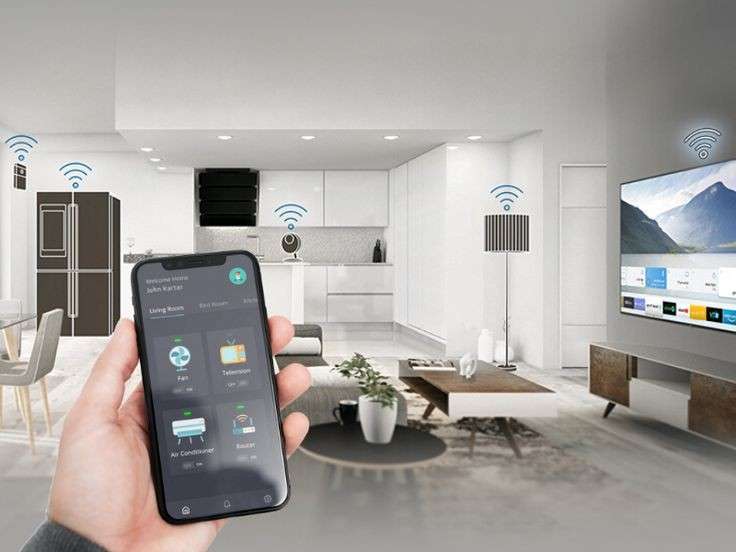
In today’s competitive market, retail design plays a crucial role in creating an exceptional shopping experience. Retail spaces are no longer just about selling products; they are about engaging customers, creating memorable experiences, and driving sales. A well-designed retail store not only attracts foot traffic but also influences buying decisions, fosters brand loyalty, and elevates the overall customer experience.
In this blog, we’ll explore the importance of retail design, the key elements that make a store successful, and the latest trends that are shaping the retail environment. Whether you’re designing a flagship store, a boutique, or an e-commerce showroom, understanding the principles of retail design is essential to staying ahead in a fast-evolving industry.
What is Retail Design?
Retail design is the process of planning and creating physical spaces that are designed to attract customers, enhance their shopping experience, and ultimately, increase sales. This encompasses everything from the store layout, fixtures, and furniture to lighting, signage, and branding. The goal is to create an environment that reflects the brand’s identity, connects with the target audience, and encourages customer interaction and purchases.
Effective retail design not only makes a store visually appealing but also optimizes the store’s flow and functionality. It helps guide customers through the store, highlights key products, and creates an immersive shopping experience that keeps them coming back.
Key Elements of Retail Design:
- Store Layout and Flow: One of the most critical elements of retail design is the layout, which directly impacts the customer journey and shopping behavior. A well-thought-out layout ensures that customers can easily navigate the store, discover new products, and feel comfortable while shopping.
- Entrance and First Impressions: The entrance is the first thing customers see, and it should draw them in. Open, inviting entrances with clear signage help attract foot traffic.
- Product Placement: High-demand or new products should be placed in high-traffic areas to increase visibility. Stores often use focal points, like display tables or promotional areas, to highlight key items.
- Flow and Pathways: The layout should create a natural flow that encourages customers to move through the store. For example, a circular path or grid layout guides customers along their journey and ensures they see the entire store.
- Visual Merchandising: Visual merchandising is the art of displaying products in a way that captures attention and encourages purchases. This goes beyond just putting products on shelves; it’s about storytelling and creating an experience through product arrangement, lighting, and design.
- Displays and Fixtures: Clever product displays and eye-catching fixtures create focal points in the store. Think about using creative shelving, mannequins, or props to showcase products in an engaging way.
- Seasonal Displays: Aligning displays with seasonal promotions, holidays, or trends keeps the store fresh and exciting for repeat visitors.
- Color and Signage: Colors influence mood and can guide customers toward specific products. Well-placed signage that highlights key products or promotions can also guide customer decisions.
- Lighting: Lighting plays a key role in setting the mood and atmosphere in retail spaces. Good lighting highlights products, enhances the shopping experience, and even influences a customer’s buying behavior.
- Ambient Lighting: Provides overall illumination and sets the tone of the space. A well-lit store feels welcoming and vibrant.
- Accent Lighting: Focused lighting that highlights specific products or areas, such as displays or special offers, draws attention to the items you want to promote.
- Task Lighting: Essential for areas where customers might need additional visibility, such as fitting rooms or checkout counters.
- Branding and Identity: Your store’s design should be a true reflection of your brand’s personality and values. Branding is not just about logos and colors; it’s about creating an emotional connection with your customers.
- Consistency: Ensure your retail design aligns with your brand identity—everything from signage to interior design elements should be cohesive and reinforce the same message.
- Storytelling: Use design elements, such as materials, textures, and layouts, to tell a story about your brand. This could involve showcasing the heritage of your brand or creating an experience that resonates with your target audience.
- Unique Design Elements: Incorporate signature design elements that make your store instantly recognizable, whether it’s a distinct color palette, architectural feature, or interactive experience.
- Technology Integration: As technology continues to shape the retail experience, integrating tech elements into your store design can enhance customer engagement and streamline the shopping process.
- Interactive Displays: Digital displays, touchscreens, and augmented reality experiences allow customers to explore products in a more engaging and informative way.
- Mobile Integration: Features such as mobile payment options, in-store apps, or self-checkout kiosks provide customers with a more convenient shopping experience.
- Smart Lighting and Temperature Control: Retailers are increasingly using smart lighting and climate control systems that adjust based on the time of day or customer traffic to enhance the in-store atmosphere.
- Comfort and Customer Experience: Customers spend more time in stores that make them feel comfortable and relaxed. Retail design should prioritize customer comfort to create a welcoming environment that encourages prolonged visits and repeat business.
- Seating Areas: Providing comfortable seating in strategic locations allows customers to take a break, relax, and reflect on their purchases. It also creates a sense of community within the space.
- Accessibility: Ensure that your store is accessible to everyone, including people with disabilities. This includes wide aisles, accessible fitting rooms, and ramps.
- Climate Control: A comfortable temperature plays a significant role in making customers feel at ease while shopping.
Retail Design Trends to Watch:
- Sustainability and Eco-Friendly Design: As consumers become more environmentally conscious, sustainable design is becoming a priority in retail. Using sustainable materials, energy-efficient lighting, and eco-friendly packaging not only supports environmental efforts but also appeals to eco-conscious consumers.
- Sustainable Materials: Use natural, recycled, or repurposed materials for furniture, flooring, and fixtures to minimize the store’s environmental footprint.
- Energy-Efficient Designs: Install energy-saving lighting and climate control systems that help reduce energy consumption.
- Omnichannel Experience: With the rise of online shopping, it’s crucial to design retail spaces that support both in-store and online experiences. An omnichannel approach allows customers to seamlessly transition between shopping online and in-store, providing a unified brand experience.
- Click-and-Collect: Create dedicated spaces where customers can pick up online orders, bridging the gap between e-commerce and brick-and-mortar retail.
- In-Store Technology: Allow customers to check out products on their mobile devices, access product reviews, or even check stock levels for specific sizes or colors.
- Experiential Retail: Customers now expect more than just a place to shop—they want an experience. Retailers are creating immersive environments that encourage customers to interact with the store and the products.
- Interactive Displays and Showrooms: Offering hands-on experiences, like product demos, virtual try-ons, or interactive games, transforms the store into a destination rather than just a store.
- Themed Experiences: Immersive design elements that transport customers into a specific atmosphere or theme can make a shopping trip feel like an event, not just a transaction.
- Minimalism and Clean Design: Simple, clean, and clutter-free designs are becoming more popular in retail. Minimalist layouts allow products to stand out and reduce distractions, creating a more focused shopping experience.
- Open Layouts: Streamlined designs with open spaces allow customers to focus on the product rather than being overwhelmed by too much visual information.
- Neutral Color Palettes: Using neutral colors like whites, greys, and wood tones can give the store a calm, clean look that enhances the focus on the products.



